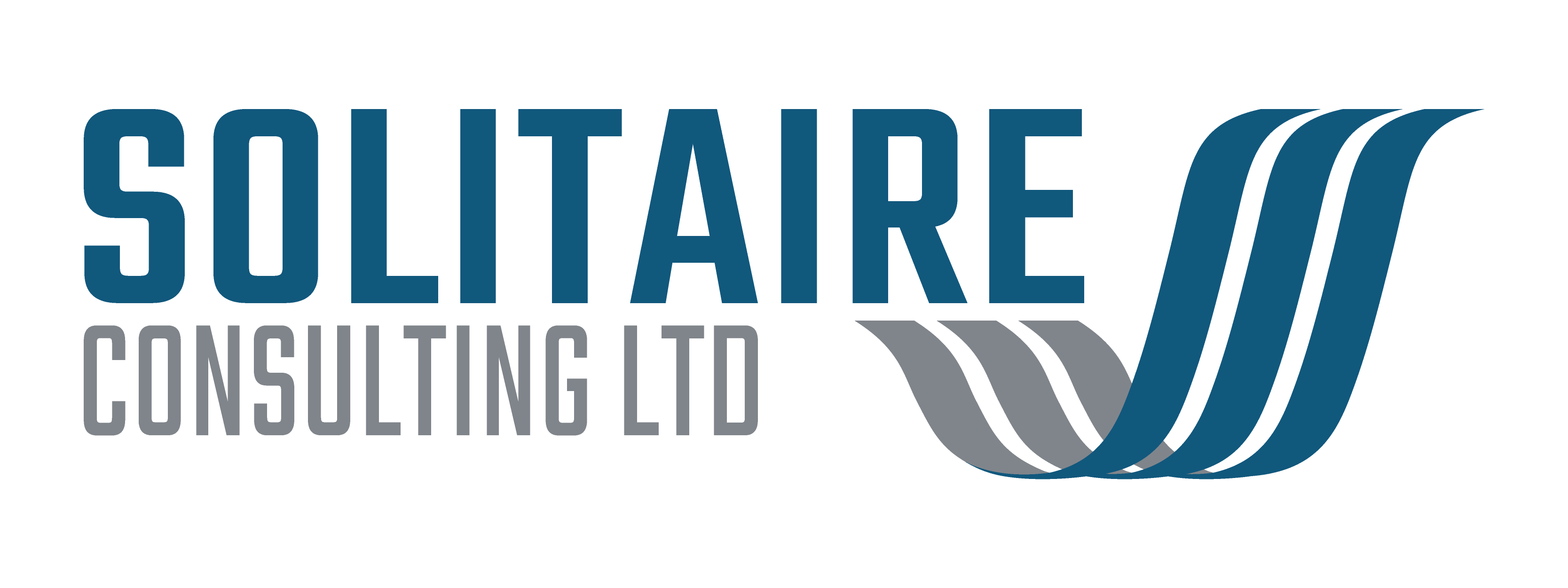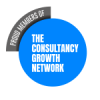The following example comes from a recent case study where, through the vCOO service, we’ve helped a client re-energise, re-prioritise and more effectively communicate a change programme which had stalled and “lost its mojo”.
Through time, it had lost some direction, focus and the Business had forgotten what was driving the programme in the first place. Instead, it had become a series of individual tasks to be ticked off a long list.
From our experience, businesses tend to struggle with implementing change because they don’t have a dedicated individual or individuals (or a team) whose job it is to objectively challenge:
i) the way the business is working,
ii) succinctly articulate any problems and
iii) volunteer workable, innovative (and commercially viable) solutions.
Through the service, we can do this dispassionately and independently. We aren’t wedded to a particular process (if it isn’t working) and we aren’t biased towards any particular solution. We can also ask the “silly” questions – often asking why things are done the way they’re done (or not done).
We also bring real-world experience of how that particular problem or challenge may have been solved before, from similar businesses and from past, direct experience. We also have experience of working with a diverse and large community of software and technology providers, which means we can also help simplify and untangle the sometimes complex technical requirements (and benefits) or any particular technologies.
It’s this experience, independence and objectivity which enables us to drive change into an organisation very effectively.
Importance of communication
When driving this change, we also understand the critical importance of communication and engagement. [Spoiler Alert: One of the subjects of a subsequent blog will be how we can help with Engaging People].
With some change, you can never communicate too much. It’s important to communicate the how, why, what and when – so that colleagues feel familiar enough with the aims, objectives and the journey. And most importantly, their role in it.
“Human” elements of change
Through the vCOO service, we can also help promote and champion the “human” elements of change: What it means for people, what is changing, how will it affect them? This crucial aspect of the change journey is often overlooked when businesses try and “muddle through” with change.
In the next article, we’ll focus on the next pillar of the Service: Improving Governance – which isn’t the most exciting aspect of the role, but absolutely crucial for businesses wishing to minimise their operational risks and demonstrate their commitment to effective risk management.





